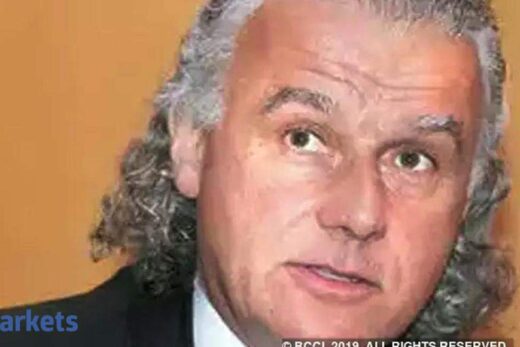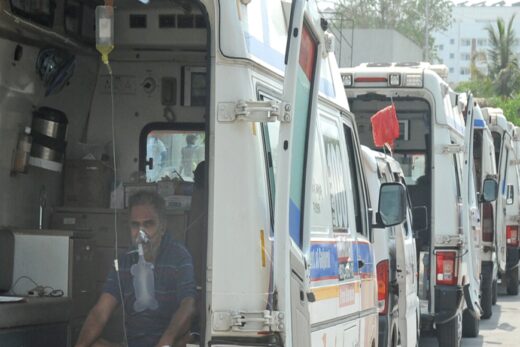NEW DELHI: It has been billed as a Budget like never before, triggering expectations that the government will open the purse strings to nurse the Covid-hit economy back onto a robust growth trajectory with a massive fiscal push.

The strategy has indeed opened up space for a fiscal push. But experts expect the government to do a balancing act and unveil a fresh fiscal consolidation road map. The Economic Survey unveiled on Friday made a case for a massive fiscal push and chief economic adviser Krishnamurthy Subramanian has backed spending on infrastructure and fiscal support for the economy for the next 18-24 months to ensure growth returns to pre-Covid levels.
“While we do expect an increase in government expenditure by 10% and fiscal deficit at 5.5% for FY22, we believe the FM will reset and re-establish fiscal targets in a revised FRBM glide path,” said Shubhada Rao, founder of economic research firm Guanteco.
The need for funds will obviously prompt the Centre to look at new avenues to raise resources to fund its ambitious recovery process. It will turn to disinvestment in a major way to ensure that precious revenues come in. Indications are that the government will set a much higher target than the Rs 2.1 lakh crore for the current fiscal year.
The Centre will miss the target for 2020-21 in a massive manner. But the raft of big ticket strategic sales such as BPCL and Air India and the blockbuster LIC IPO will ensure the cash registers keep ringing next financial year. The ground work for most of these asset sales have been done and the government is likely to make a determined effort to boost strategic sales and asset monetisation. It will also roll out the new public sector policy to pave the entry of the private sector in 2021-22.
The sustained buoyancy in GST revenues have come as a major relief and should help. The return of growth will also help in restoring the health of revenues in months ahead. “The onerous task is to balance the immediate need to support growth and ease the pandemic pain, while engineering a return to fiscal prudence over the medium term,” said Dharmakiri Josh, chief economist at ratings agency Crisil.




